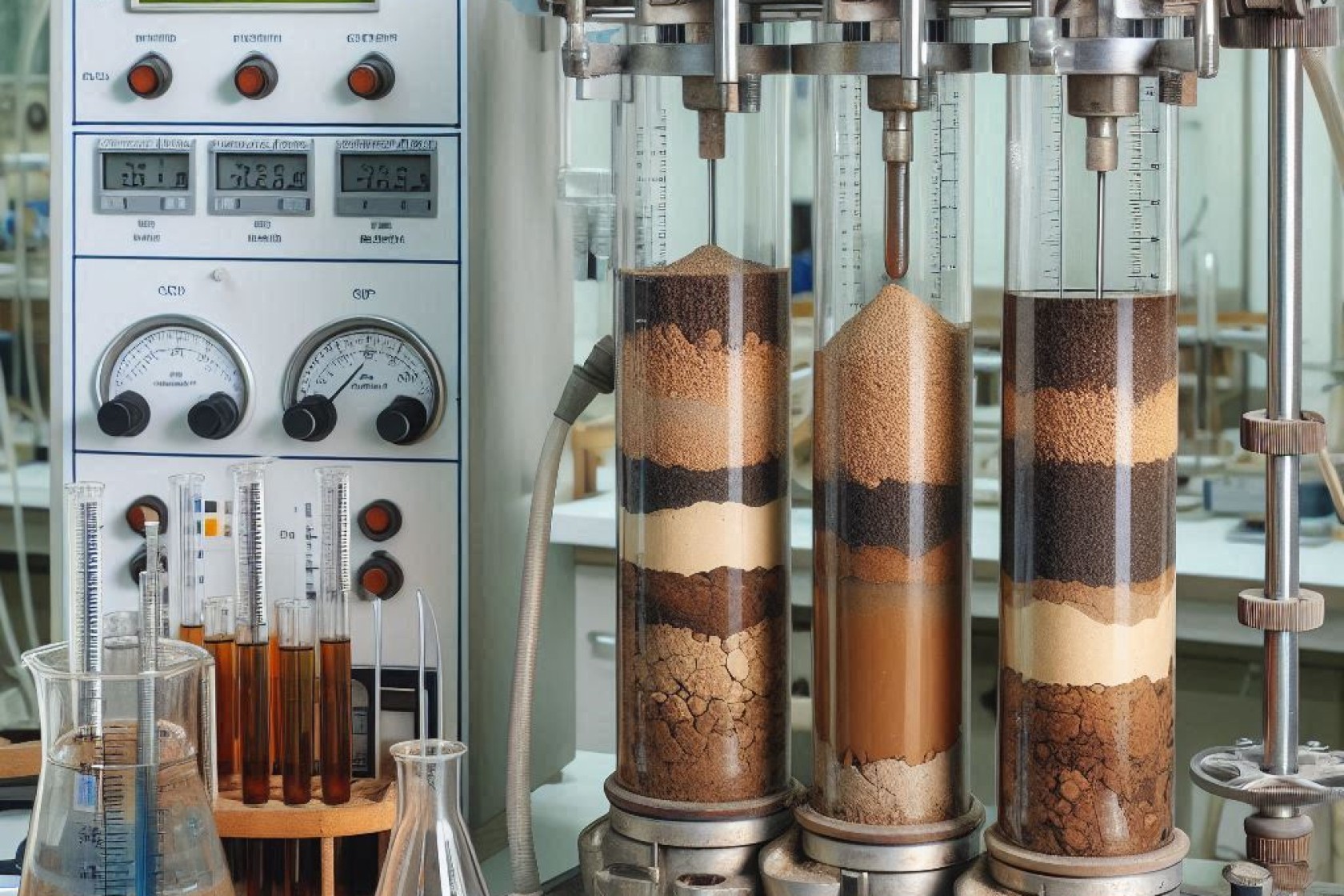Release of poly- and perfluoroalkyl substances from AFFF-impacted soils: Effects of water saturation in vadose zone soils
This study investigates the release of PFASs from aqueous film-forming foam (AFFF)-impacted soils under constant and variably saturated conditions. PFASs, used in fire suppression foam, contaminate soils and pose long-term groundwater risks. Previous research shows that air-water interfaces in unsaturated soils complicate PFAS release. The study used field-collected vadose zone soils in column experiments with artificial rainwater, flushing under both constant and variably saturated conditions. Effluents were analyzed for a range of PFASs to evaluate how unsaturated conditions affect PFAS flux to groundwater. The findings aim to improve understanding of PFAS release dynamics in the unsaturated zone.

This study investigates the release of PFASs from aqueous film-forming foam (AFFF)-impacted soils under constant and variably saturated conditions. PFASs, used in fire suppression foam, contaminate soils and pose long-term groundwater risks. Previous research shows that air-water interfaces in unsaturated soils complicate PFAS release. The study used field-collected vadose zone soils in column experiments with artificial rainwater, flushing under both constant and variably saturated conditions. Effluents were analyzed for a range of PFASs to evaluate how unsaturated conditions affect PFAS flux to groundwater. The findings aim to improve understanding of PFAS release dynamics in the unsaturated zone.
Consistent with previous studies, peak concentrations of perfluorocarboxylic acids (PFCAs) and perfluoroalkyl sulfonates (PFSAs) were observed in the first 250 ml eluted from the saturated columns, with longer-chain compounds and zwitterionic PFAA precursors eluting later. Deep soils retained more PFAS under unsaturated conditions, while saturated conditions eluted 54% more mass on average, especially for longer chains, suggesting air-water interfacial partitioning. In contrast, PFAS release from shallow soils was often higher under unsaturated conditions, possibly due to kinetically controlled desorption.
During unsaturated soil flushing, over 740 mL of synthetic rainwater was eluted -equivalent to a year of rainfall - yet PFAS retention remained high. Less than 50% of C4–C8 PFSAs leached from shallow soils, while deeper soils released more PFSA mass, with chain-length dependence. Long-chain PFSAs showed strong retention, likely due to field-aged AFFF impacts. Zwitterionic PFASs and FASAs also remained largely in the soil despite extensive flushing, suggesting non-linear desorption.
In the second experimental phase, which simulated storm events and wetting-drying cycles, the saturation of the shallow and deep soils varied between 20% to 85%, leading to higher PFAS concentrations in column effluents compared to the constant saturation phase. PFHxS release increased nearly tenfold in shallow soils and by 12.7% in deep soils. PFOS release rates remained stable, but effluent concentrations doubled to quadrupled. The enhanced PFAS mobilization was likely due to collapsing air-water interfaces, consistent with field studies.
The paper “Release of poly- and perfluoroalkyl substances from AFFF-impacted soils: Effects of water saturation in vadose zone soils” by S.M. Shea et al. can be found in the Journal of Contaminant Hydrology.
Deel dit bericht
